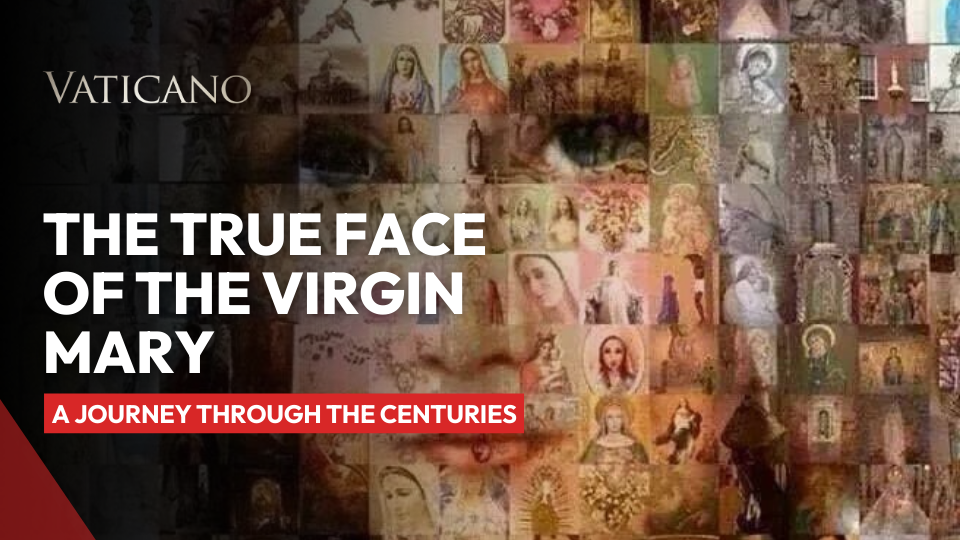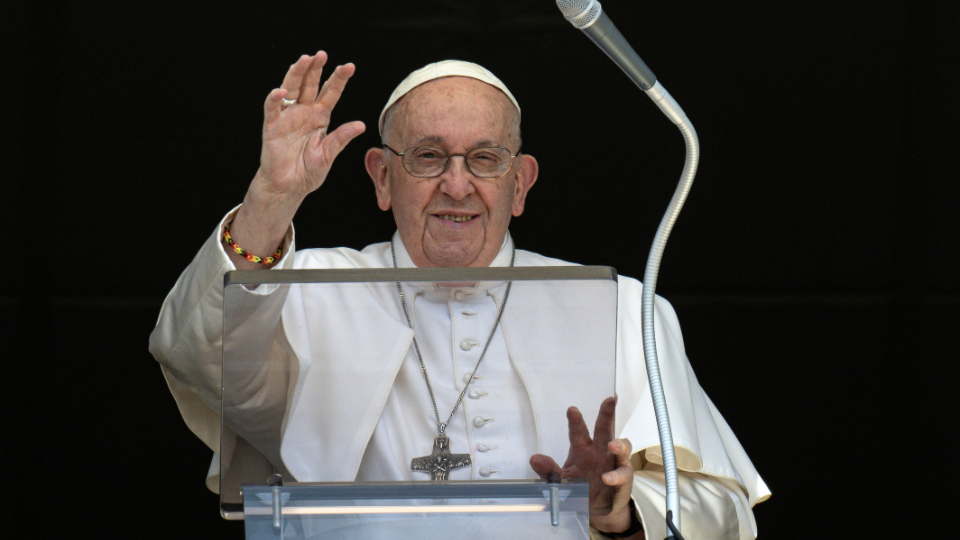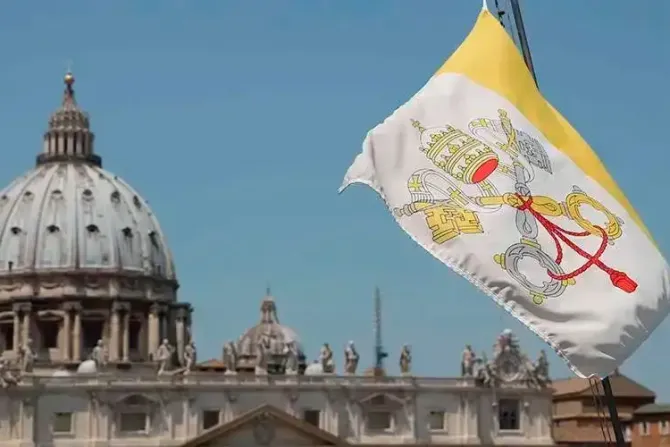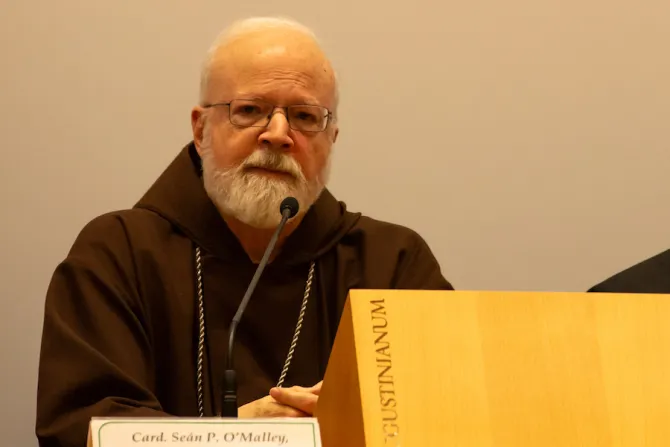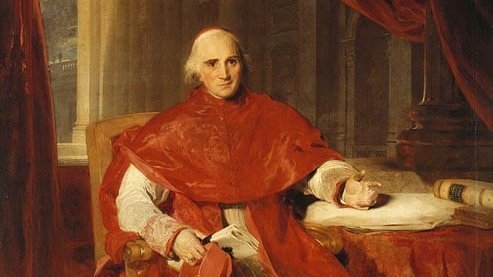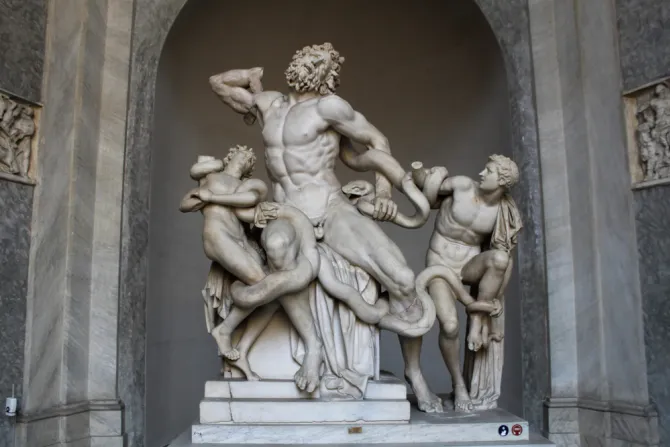Join us as we delve into the representation of the Virgin Mary in art and the lack of fixed physical features in her portrayal, unlike Jesus Christ. The Virgin Mary is represented with different faces in various countries and appears differently in different apparitions. For instance, in Fatima, she appears like a Portuguese, in Guadalupe, Mexico, she appeared as an indigenous on the tilma of St. Juan Diego, and in Africa, as in the apparitions in Kibeho, Rwanda, her skin is dark.
The oldest image of the Blessed Virgin is not a portrait but is found in the Catacombs of Priscilla, where we see a very stylized face. This image illustrates the devotion of the first Christians to the Mother of God and reveals an influence on how she would be depicted in the future.
The article explores the different types of icons of the Virgin Mary in the Christian East and how they are classified into five broad groups with Greek names: Agiosoritissa, Oranta, Eleusa, Panachranta, and Odigitria. Each type of icon represents different aspects of the Virgin Mary’s relationship with Jesus Christ.
The article also discusses the question of whether the Virgin Mary is an historical person who has been taken to Heaven in body and soul, and why we don’t know her original face. To answer this question, thewriter turns to art, history, and theology.
Finally, the article shares a fascinating story of how an authentic icon of the Virgin Mary created by Saint Luke was discovered by chance in Rome after many years of searching. This icon is believed to be the closest representation to the first image of the Virgin Mary created by Saint Luke, and it sheds light on the evolution of the portrayal of the Virgin Mary in art.
In conclusion, this exploration provides insights into the representation of the Virgin Mary in art, the lack of fixed physical features in her portrayal, and the evolution of her depiction in different cultures and throughout history.

